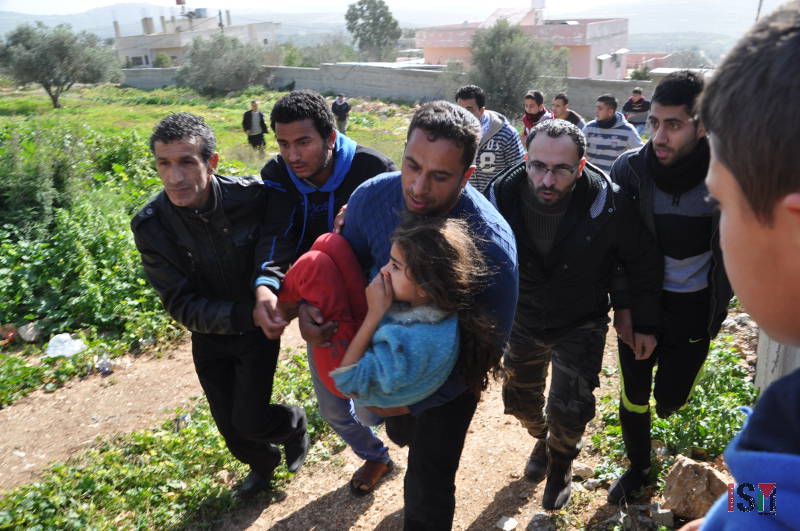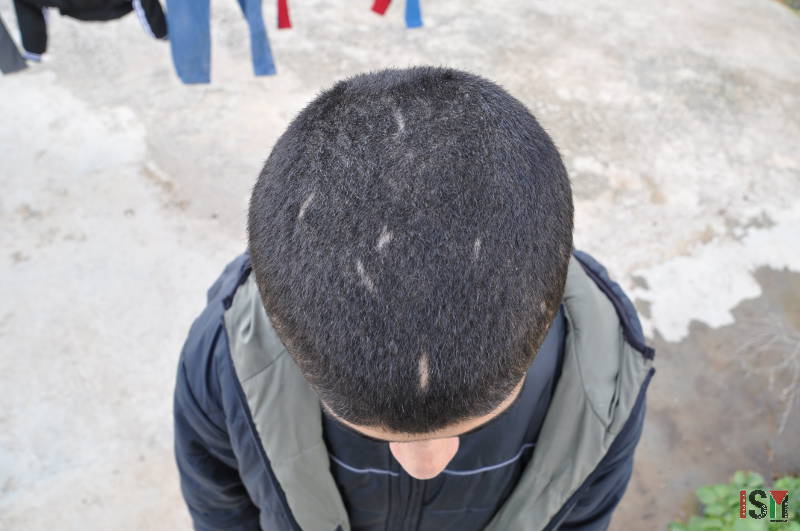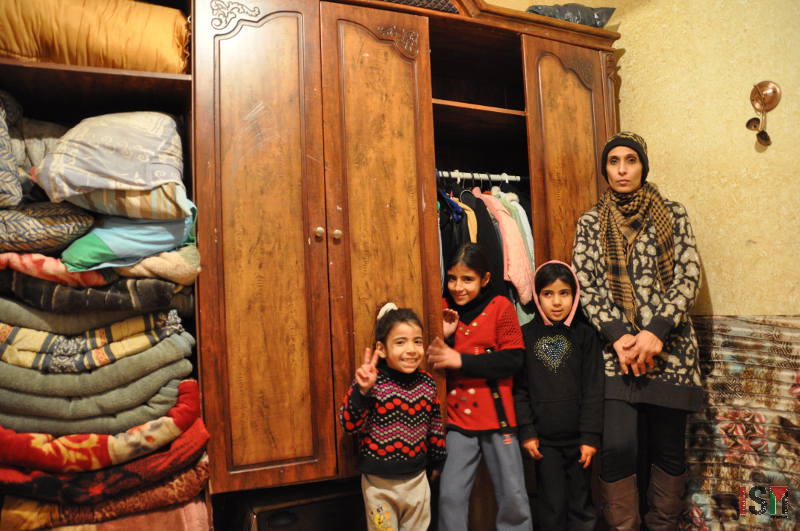-
9-year-old girl shot with live ammunition during Friday demonstrations in Kafr Qaddum
24th January 2016 | International Solidarity Movement, Tulkarm team | Kafr Qaddum, occupied Palestine On the 22nd of January, when villagers of Kafr Qaddum carried out their weekly demonstration against the surrounding settlement of Kedumim, Israeli forces attacked them with the use of tear gas and live ammunition. Two men got shot in their legs […]
-
Israeli settlers onces again attack Daraghmah family
24 January 2016 | International Solidarity Movement, Tulkarm Team | Lubban ash-Sharqiya, occupied Palestine On Thursday night, 21st of January, Illegal settlers attacked a Palestinian home in the outskirts of Lubban ash-Sharqiya village. The Israeli settlers threw stones, destroyed surveillance cameras and the Palestinian family also suspects that the settlers poisoned their water tanks. Since […]
-
Continued night raids and arrests in Kafr Addik
24 January 2016 | International Solidarity Movement, Tulkarm Team | Kafr Addik, occupied Palestine In the middle of the night on the 20th of January, the Israeli army entered the village of Kafr Addik, raided a family home and arrested a young man, Saleh Hemedan. The arrest is the latest of several arrests in the […]
Action Alert An Nabi Saleh Apartheid Wall Arrests BDS Bethlehem Bil'in Cast Lead Demonstration Denial of Entry Ethnic Cleansing Farmers Gaza Global Actions Hebron House Demolition International law Israeli Army Jerusalem Live Ammunition Nablus Ni'lin Prisoner Ramallah Rubber-coated steel bullets Settlement Settlers Settler violence Tear-Gas Canister Video



